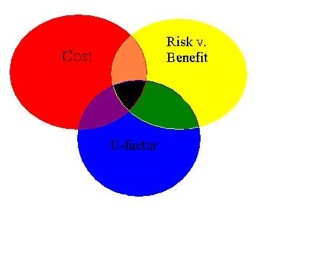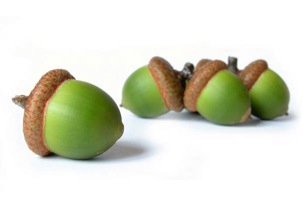IIWI.com

Dominick A.
Leone
This question is posed to us, in some fashion, on a
daily basis. Most of us fall into one of three camps:
whatever they are selling I don’t need it, I’ll take it
to be safe, or I like the sales person so I’ll take his
recommendation.
The answer to “is it worth it?” comes down to a balance
of four things:

The risks are what you have to lose by not choosing
“it”. The benefits are what you gain, or what “it” does
for you. The cost includes not only what “it” costs,
but what it costs if you don’t take “it”: compare the
cost of having it with not having it. The “U-factor” is
a category that encompasses things centered around you:
what you want, who you are, what you are … U U U U U …
everything about what you bring to the table.

Example:
You go to buy a hamburger at your local burger-joint. The guy
